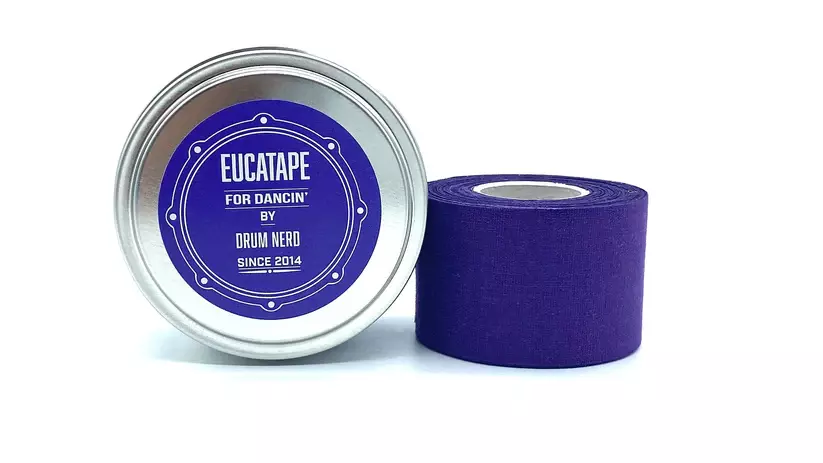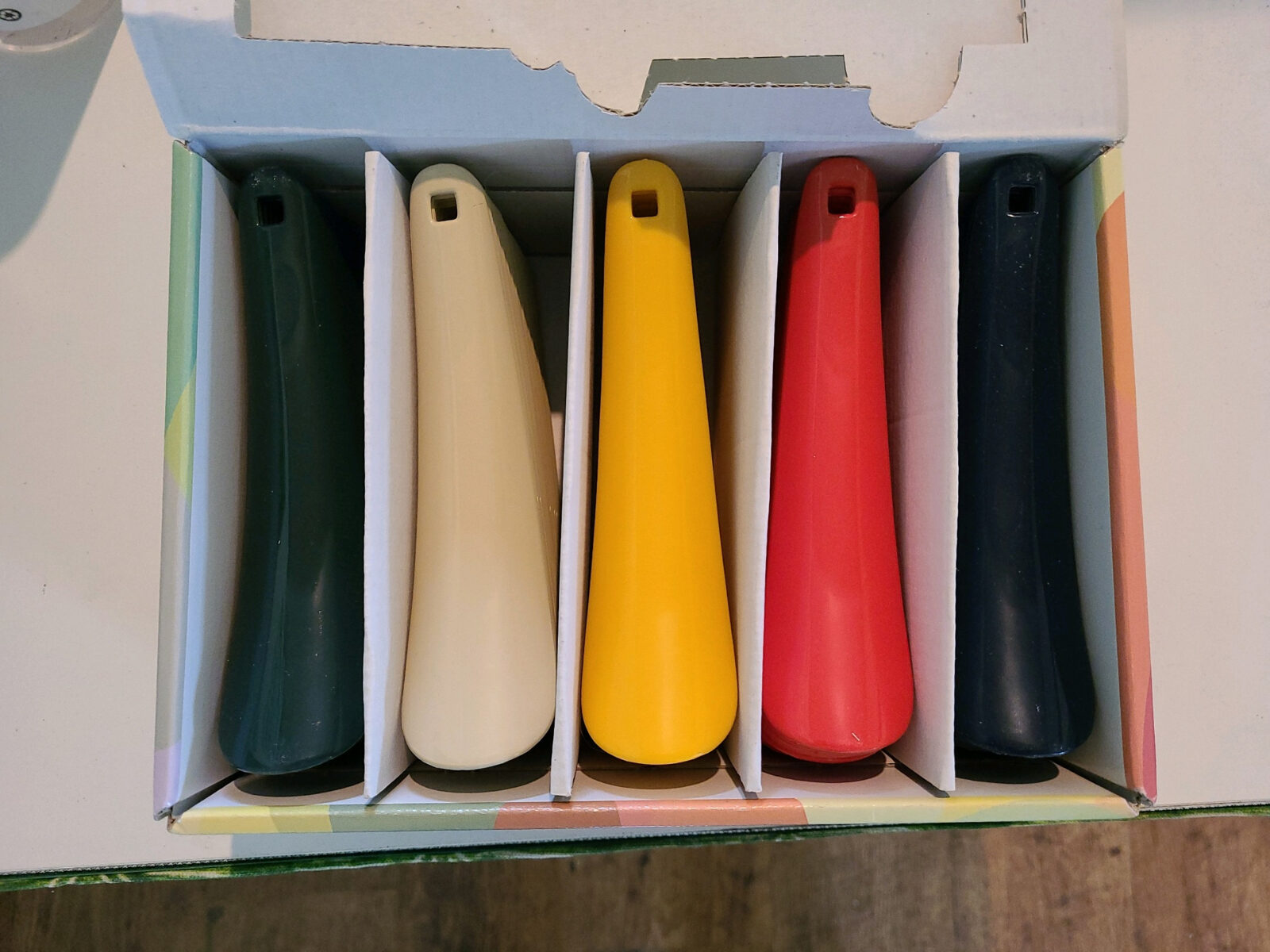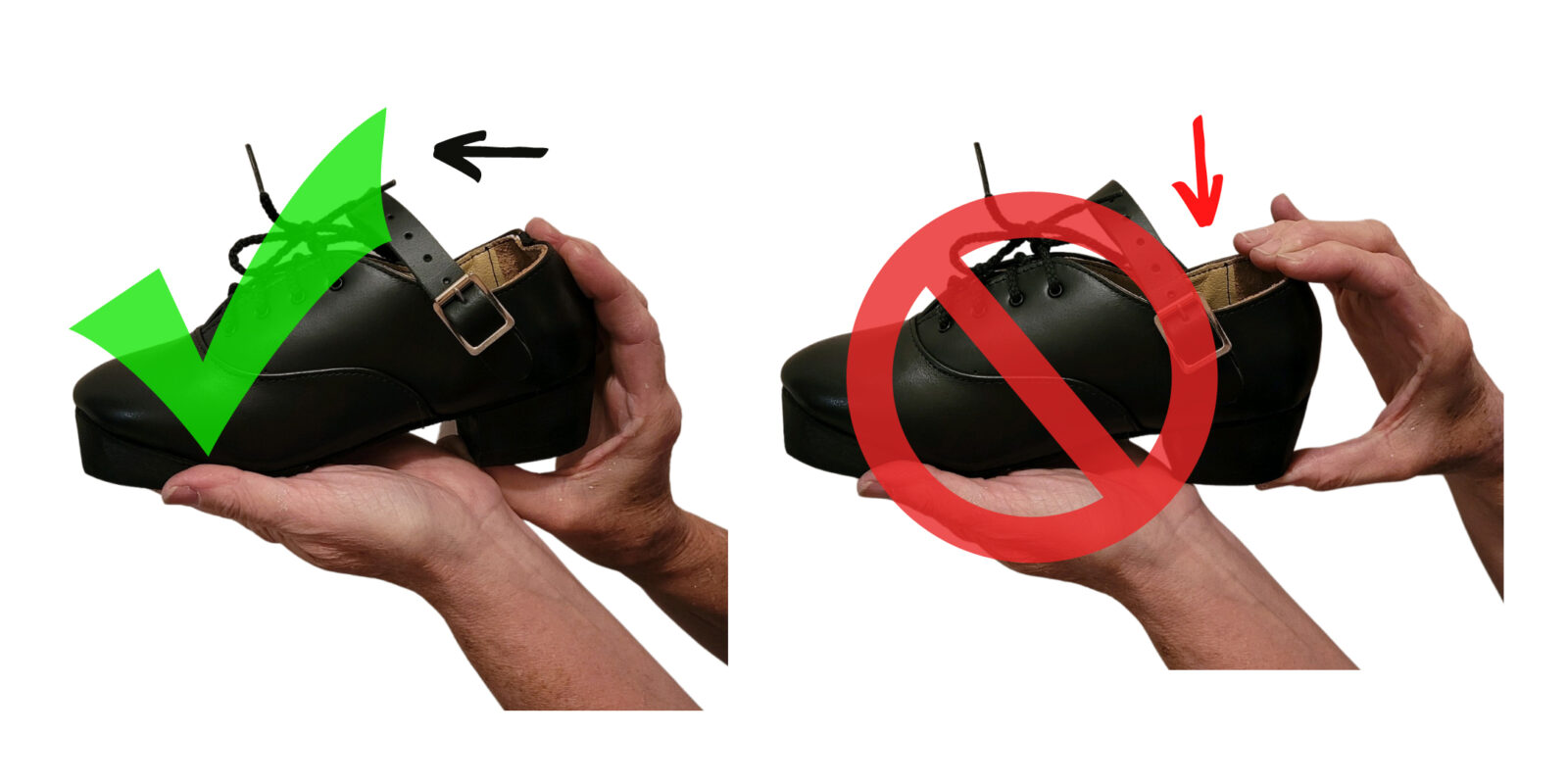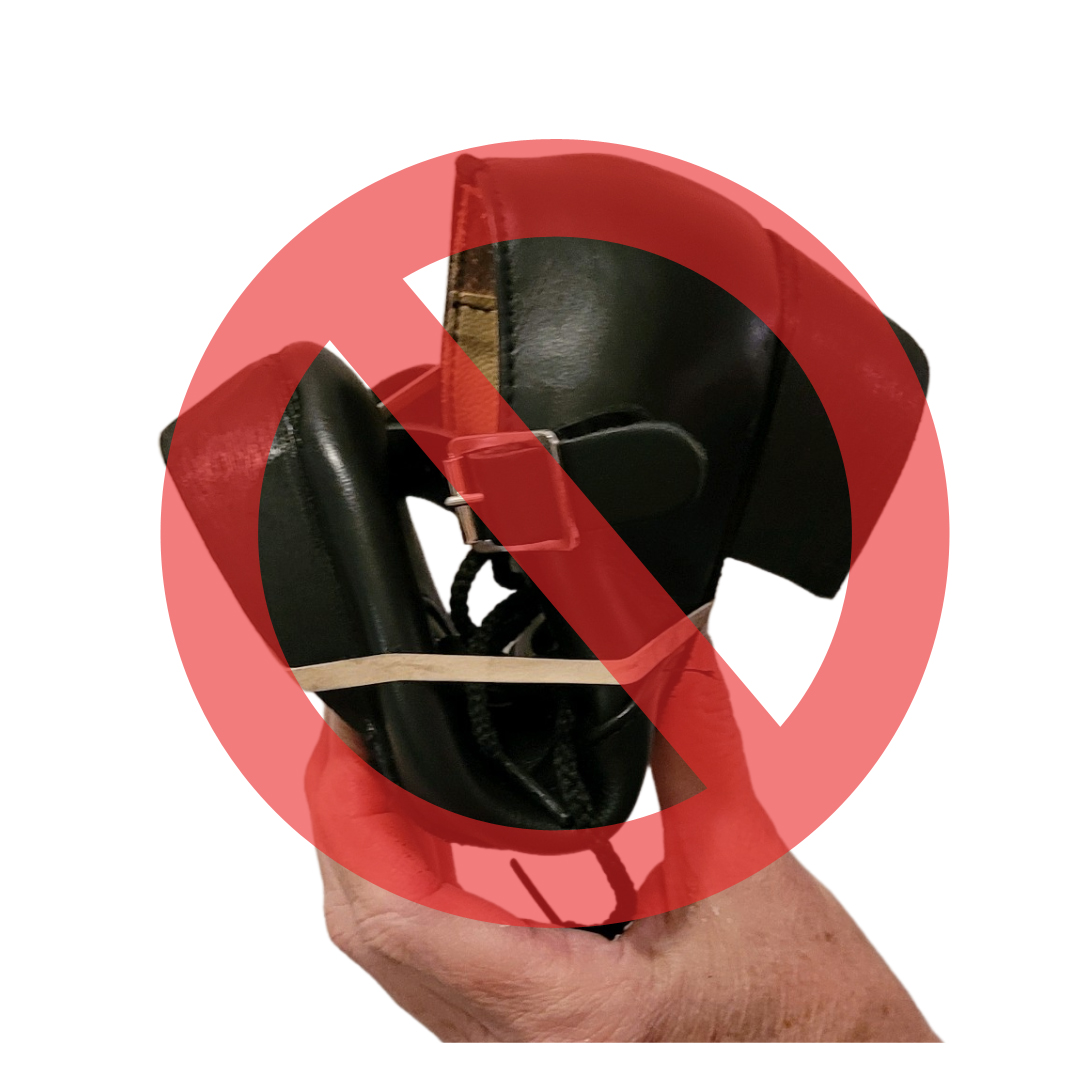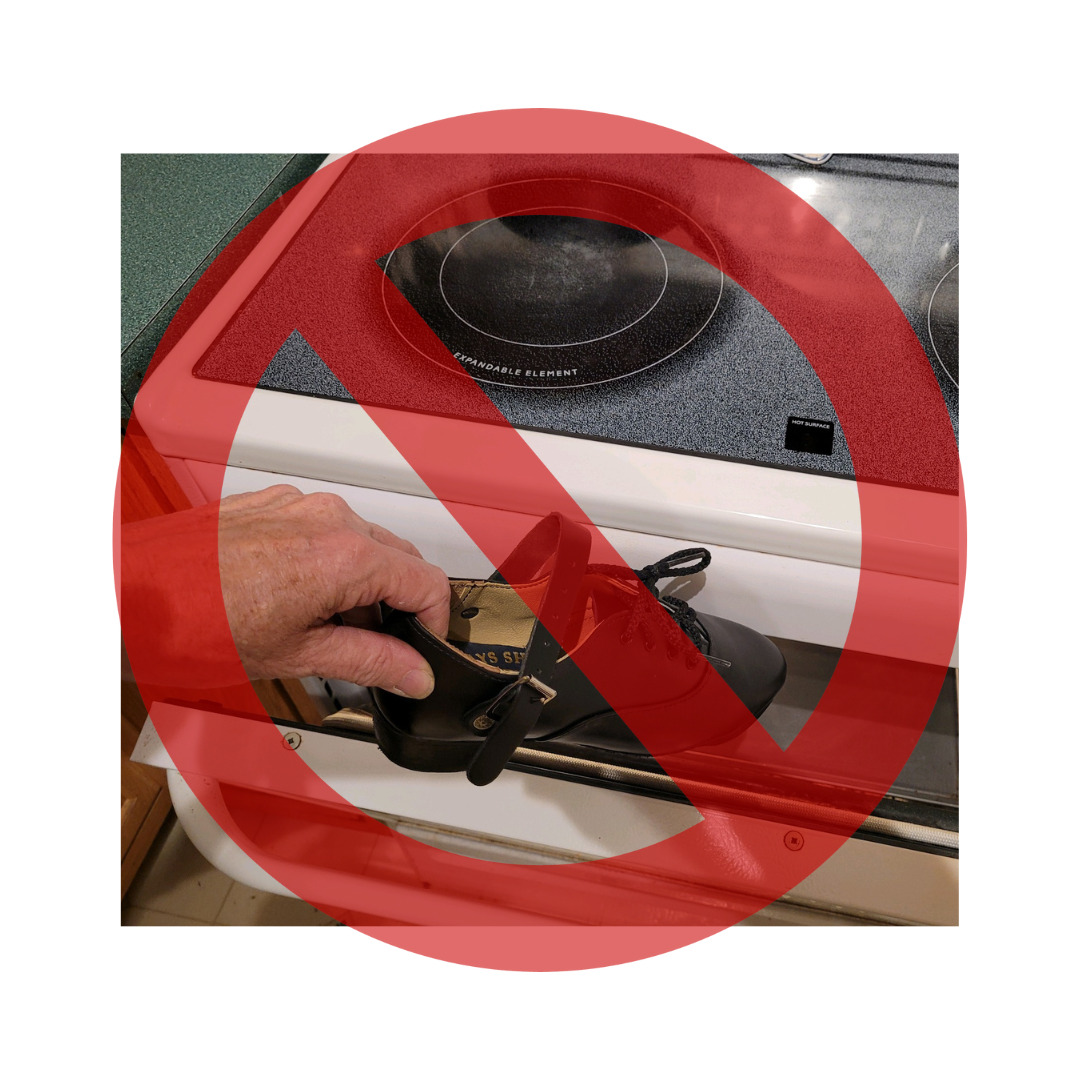Irish dance shoes need to be broken in. It’s an important part of the process of getting new shoes, and not doing it can cause a lot of problems with blisters and sore feet. We hear a lot of people asking about how to break in their shoes, as well as a lot of… interesting stories about things people have done to try and break shoes in faster, so we’ve decided to put out this article as a guide on the dos and don’ts of breaking in shoes.
But first, we’ll answer some other questions that a lot of people have asked us:
Is it different with hard shoes vs. soft shoes?
Yes and no. Both types of shoe are mostly made out of leather, so exposure to heat and moisture will make that leather stretch, soften, and become more flexible. On the other hand, soft shoes are so much more flexible than hard shoes from the start that it takes much less time to break them in. Soft shoes usually don’t need to be broken in as much as hard shoes, but this will depend on a lot of things, like the exact shape of your dancer’s feet and even just the individual shoe in question.
How long is this going to take?
That’s a general estimate, assuming you follow this guide. In practice, it varies a lot. Soft shoes usually take less time than hard shoes, but the exact time is going to depend on how much the leather has to stretch, how much sweat and heat it’s being exposed to, and how often they’re worn. Some shoes are also designed to be easier to break in or partially broken in already, which obviously makes this faster. This is about how long it normally takes:
1-2 weeks for soft shoes.
3-4 weeks for hard shoes.
These are estimates because there are a lot of things that can change how long it takes to break shoes in, like the exact shape of the dancer’s feet or even just the individual cuts of leather used for the shoe.
Here’s what we recommend you do to break your shoes in quickly and safely:
1: Wear them for 10 to 15 minutes every day while or just after exercising.
This is the most important thing, and it’s very important that you do it every single day. Your dancer should practice in their new shoes and work up a sweat because the moisture and heat will cause the leather to soften. It’s not usually a good idea to try and put them on for the first time and go to dance class for an hour, but getting in some time with them every day will really speed up the process. If the dancer isn’t up to dancing in them immediately, which happens a lot with really new shoes, just wearing them for a while after exercise is a good way to start breaking them in.
2: Wear them over bare feet or thin socks.
You don’t need to be wearing poodle socks to break your new shoes in- and in fact, having less material can make it easier to wear the shoes when they’re very new because your feet will have more room. Just make sure to keep an eye out for blisters.
3: Tape your pressure spots.
When you finish practicing, check your feet for any red or sore spots from where your foot was rubbing against the shoe, or any spots that the shoe was pressing against. It’s good to wrap these spots with some sort of tape- we recommend eucatape because it’s great for blisters and other injuries, but things like gaffer’s tape, kt tape, medical tape, or anything else that will create a barrier will help reduce the chance of those spots causing problems.
We recommend wrapping around the heel for hard shoes and wrapping around each toe individually for soft shoes. Ghillies have a tab for the laces that can be really stiff when you first buy them, and you should wear them for a few minutes to see where that rubs against your foot so you can tape that area up.
4: Pad the heels of hard shoes.
When you first get a pair of hardshoes, their heels are very narrow and pointed instead of being round like a person’s foot. Some people insert heel pads into them to help cushion the heel, but they’re so tight that the heel pads can roll down when you put the shoe on. We recommend taking a piece of moleskin cut to fit the heel and using that to line the heel- folding it back over the edge so that it can’t roll down.
5: Use shoe horns.
You should always use a shoe horn to put on Irish dance hard shoes to help them last longer, but this is especially important when they’re brand new so that you don’t scrape up the back of your heel trying to force it past the heel.
6: Bend the heel of hard shoes- very carefully.
As said above, hard shoes tend to have narrow, pointy heels. It is possible to work them into a better shape faster, but you have to be careful or you can damage the shoe.
After the shoe has been worn for the day, grab the heel and push it forward. Make sure you aren’t pushing it down, as that will cause the heel to roll in on itself and become unstable after a while. You can even break the heel if you are not careful, and that cannot be fixed.
Using these tips will help you break in your shoes faster and a lot less painfully. But there are a lot of other urban legends and rumors about how you can break your shoes in, and some of them are bad ideas. Let’s talk about what NOT to do when it comes to breaking in Irish dance shoes:
1: Don’t have someone else wear the shoes.
A lot of dancers get help from their moms or sisters in wearing their shoes to break them in faster. This can be tempting, especially if it lets you ‘wear’ the shoes more than you can stand normally, but it can cause problems. Having the shoe get broken in by anything but the dancer’s foot will cause it to not quite match their foot.
It isn’t the end of the world but the shoes won’t be exactly the right fit either, and this can raise the chances of blisters if it’s really bad.
2: Don’t use a stretcher bar to break in the shoe.
For a lot of the same reasons, this can cause shoes to not fit right after being broken in. For shoes that don’t need to fit as precisely as Irish dance shoes this can be fine, but ghillies and hard shoes need to be as close a match to the dancer’s feet as physically possible.
3: Don’t bend the shoe in half.
Some people have mentioned that they bend their shoes in half, secure them with rubber bands, and stuff them under a couch or something to weigh them down as a way of breaking them in. This is a risky proposition, mainly because the shoes might end up bending in the wrong place- or simply breaking, if you’re unlucky.
4: Don’t submerge the shoe.
We’ve also heard of people putting their shoes on and standing in tubs of water to break them in faster. On paper this seems like it should work- more moisture means that the leather softens faster. The problem is that totally submerging your shoes weakens the adhesives holding them together as well, which can cause them to fall apart at the seams. Beyond that, there are a lot of things that can go wrong with leather if it gets too wet, and if you take your shoes off too quickly after submerging them they might shrink a little as they dry.
5: Don’t use shoe softening chemicals.
We’ve seen a fair few chemical sprays that claim to break shoes in fast. They carry the same issue with submerging, in that they tend to dissolve the adhesive holding the blocks on hard shoes. The manufacturers we’ve talked to about this said that the residue left by the chemicals makes this almost impossible to repair.
6: DO NOT put your shoes in the oven.
Again, this sort of makes sense on paper: more heat means the leather breaks down a bit faster. In practice, this can lead to the leather drying out like jerky… while the adhesive completely dissolves. This is absolutely something to avoid. There’s also a chance of the shoe catching fire if it has certain fabric or foam sections, and no one wants to explain that to the fire department.
So now you know some of the major do’s and don’ts of breaking in shoes for Irish dance. As a summary, there really is no better way than to put them on the dancer’s feet. The big events are coming up quick, so be sure to get new shoes soon if you need them. But how do you know when you need new shoes? We have an article here that will give you some guidance. Need to buy new shoes but can’t come into a vendor to get them fitted? We have an article here that will show you how to do a remote fitting.
Best of luck, and happy dancing!

